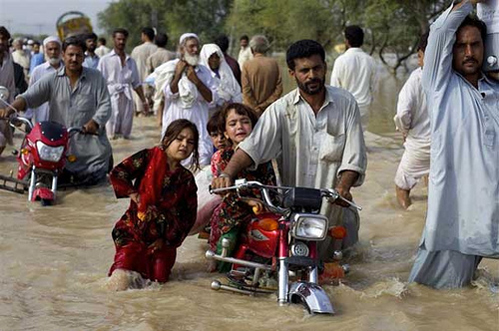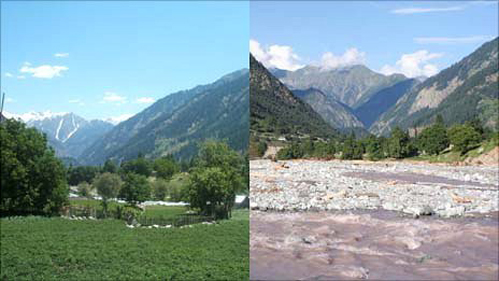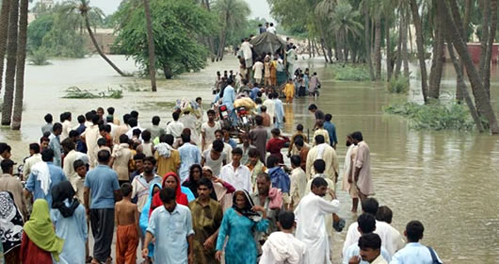Pakistan Flood Update # 2: The Context

The flooding in Pakistan continues to grow, but the humanitarian effort is finally under way. In this article, we provide a brief update on the crisis in Pakistan.
The Crisis
The scope of the damage is colossal. An area greater than the entire size of England, Bangladesh or Cuba has now been devastated by floods. 17 million people have been affected, and 1.2 million homes have been destroyed or badly damaged. Most of the homeless are living in refugee camps, abandoned schools or makeshift shelters. These people have little respite in sight; rains continue to fall, and flood waters are now moving south to the Arabian Sea, displacing more people in their wake.
“This is a disaster of unprecedented scale, in terms of the number of people and scale of area affected.” says John Homles Coordinator of the UN Emergency Relief Office. It is difficult to put loss like this into human terms. In the fertile Swat region, where the Insan Foundation is present, most roads, bridges and buildings are gone or have sustained heavy damage.
According to film maker, Huma Beg, farmers have lost orchards and crops they would be harvesting now to get them through the winter. Once fertile lands have been turned into fields of stone and water.

The situation is more desperate in Southern Pakistan, where people lack access to water, and are vulnerable to water-borne diseases. There have been outbreaks of skin disease and acute diarrhoea that if left untreated, can become fatal. About 800,000 people in that part of the country have been cut-off by the floods. Many have not seen food for days.
“Many people didn’t have a chance to pick up their belongings when the floods hit their village so they have no change of clothes,” said humanitarian aid worker Shmyalla Jawad. “The situation is even worse for pregnant and menstruating women,” she added. Female sanitary items and food for children and babies are among the most urgent needs.
The World Begins to Respond
The news is not all bleak. About 70 per cent of the $460 million initially sought by the UN and humanitarian organizations has already been pledged. That amount includes the $33 million that Canada committed on August 16th, and is separate from the government’s promise to match all individual donations by Canadians. So far UN agencies have reached almost 2 million people with emergency food supplies and an estimated 2.5 million with clean drinking water. Different organizations have provided medical treatment to about 3 million people, and are busy distributing tents (115,000 to the present) and tarps (77,000 so far). The true scope of the human and material loss will not be known for months, but at least now aid has begun to flow to those who need it most.

